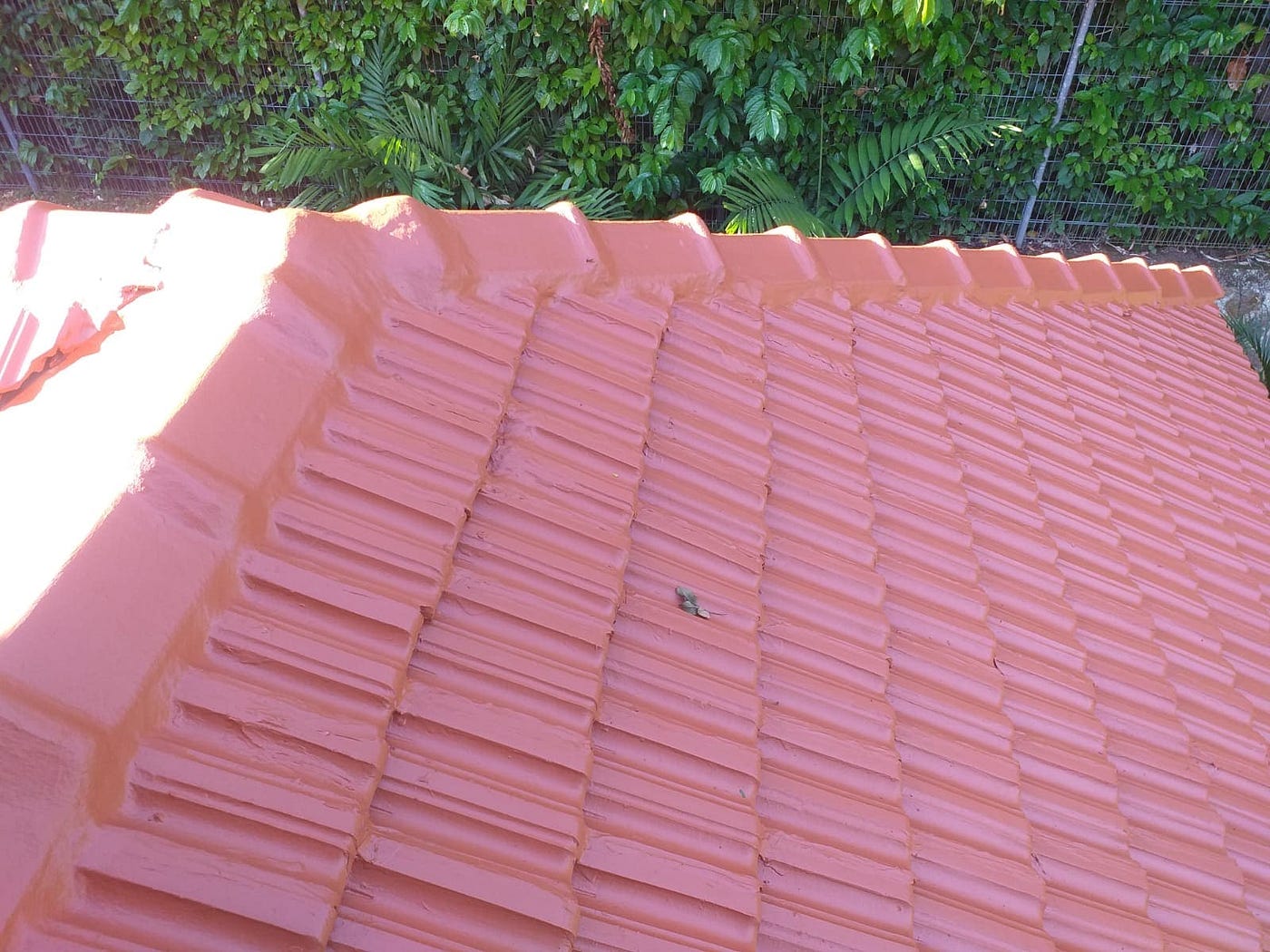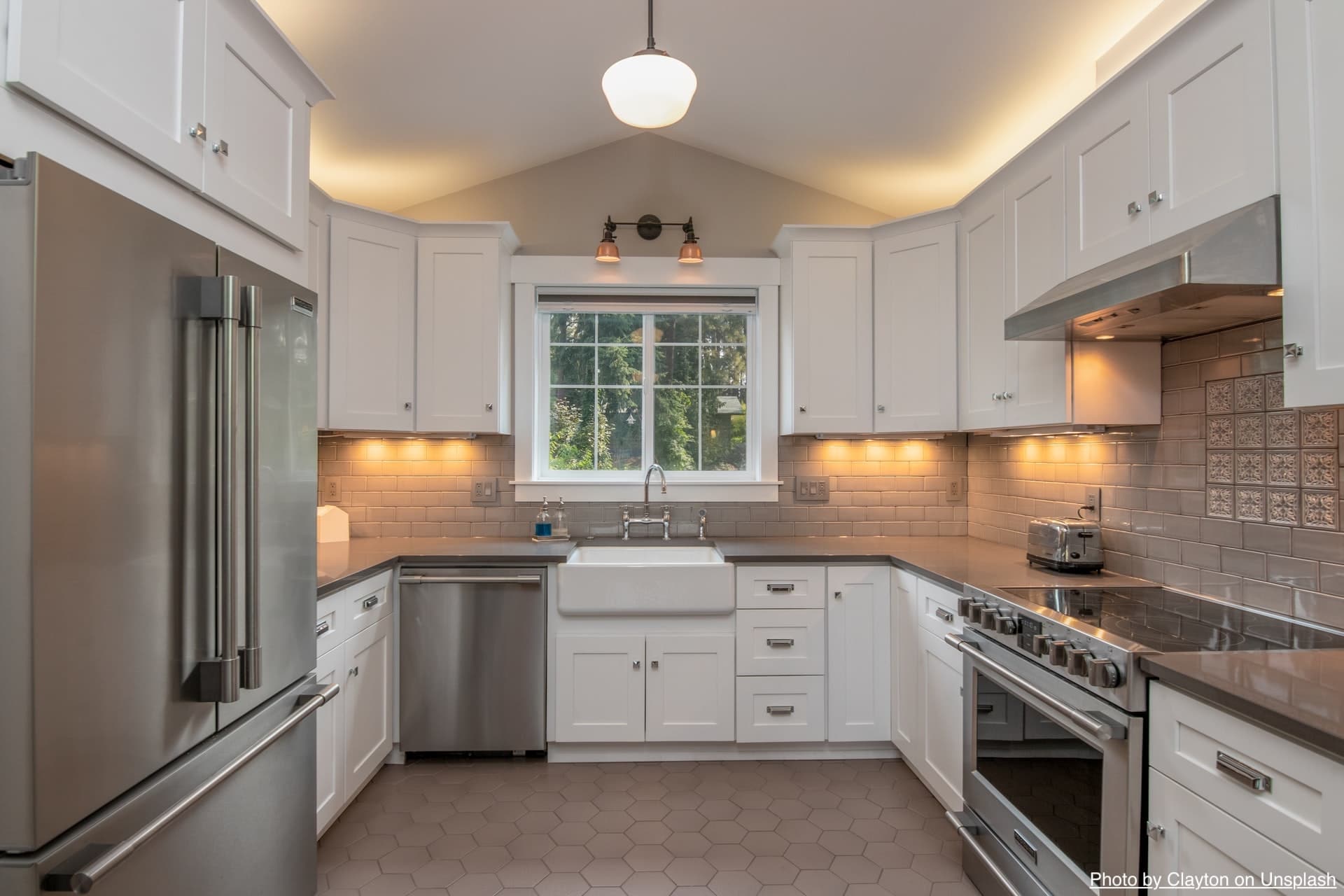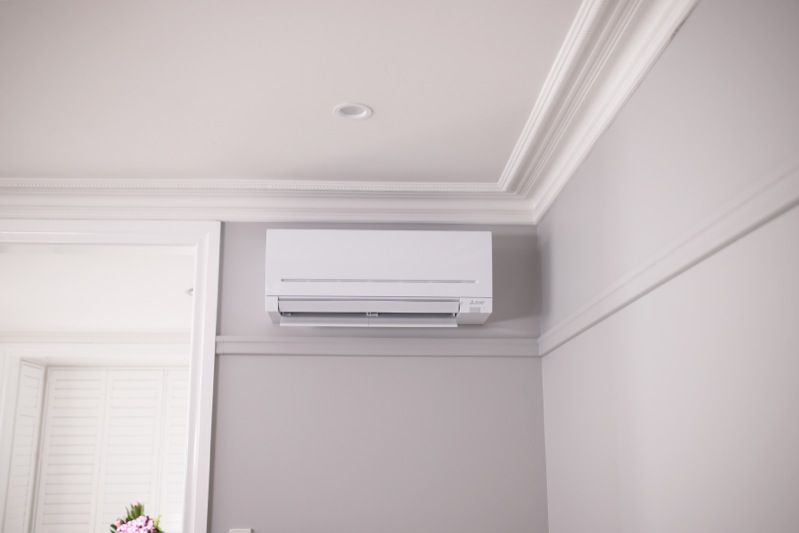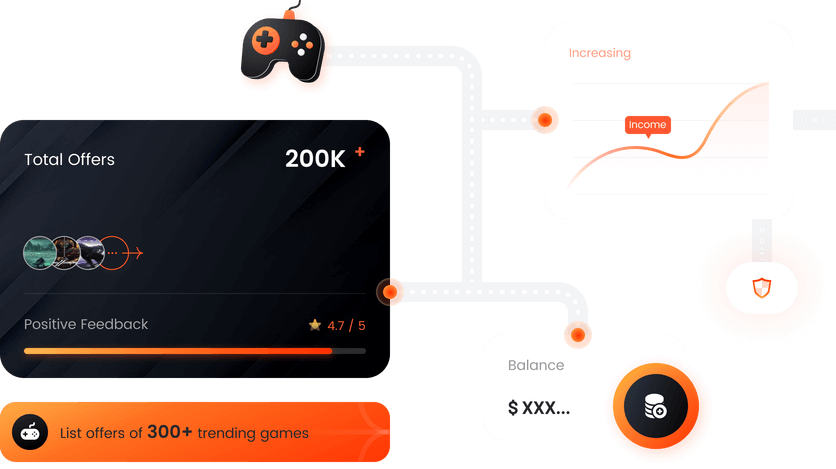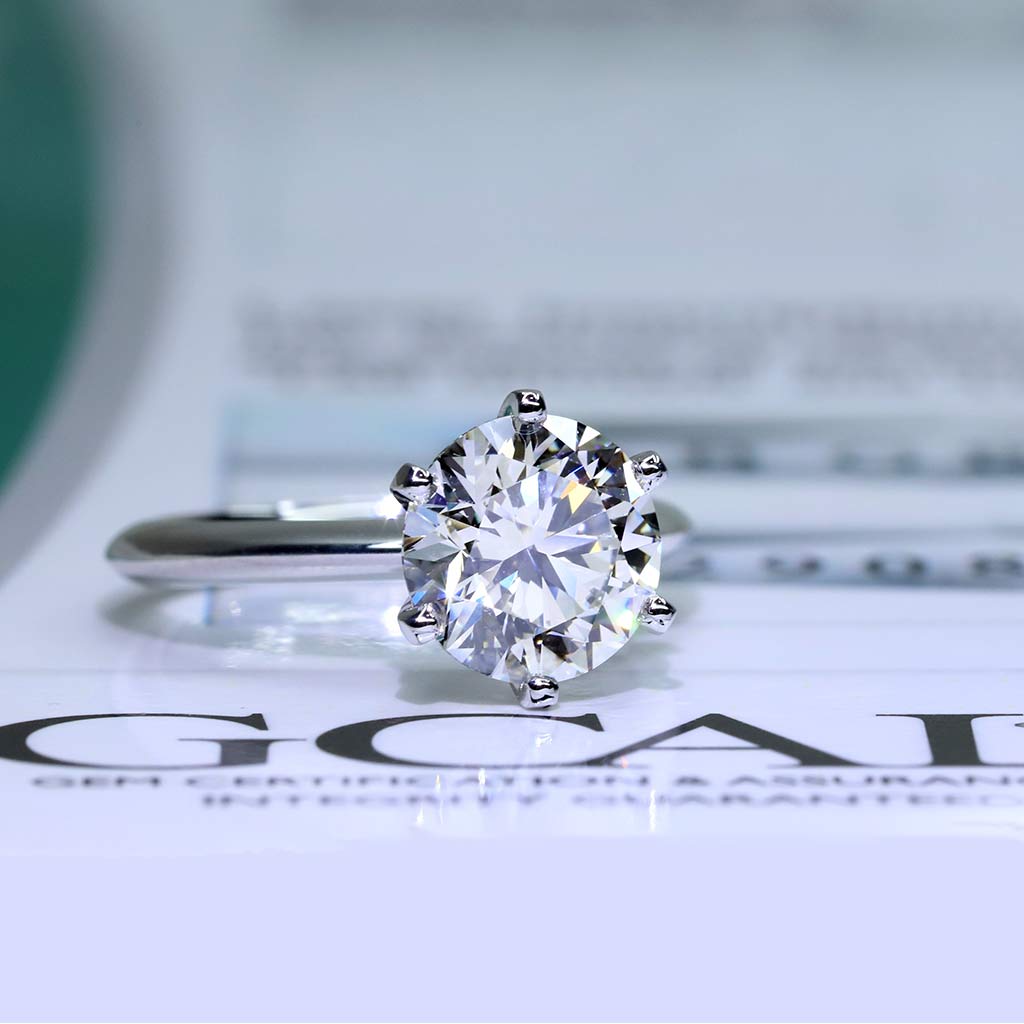What are the Best Flat Roof Materials?

If you are looking for replacing any of your existing flat roof covers or you are working on any new construction project you will need to consider the best roofing materials to use.
You should always review the options available in the market before purchasing any flat roof material. You need to identify the best flat roof available.
For more than a hundred years, built-up flat roofs or BUR were the most common roofing material on the market. But in the past few years, roofing technology has upgraded to a great extent.
More and more customers are looking for energy-efficient, easy to install, less expensive and durable flat roofing system. When you have identified the best roof materials, contact your local flat roofing installers to discuss the application.
Built-Up Flat Roof (BUR)
One of the most common flat roof materials that have been the market leader for more than a hundred years is the BUR. It is constructed by applying several layers of gravel and molten tar on the roof to create a seal that is watertight and water-resistant. Its features include:
- extremely sturdy
- water-tight to resist water
- good insulation offers lifespan from ten to twenty years
- Low maintenance
Modified Bitumen roof
A modified bitumen roof is a single-ply roofing system which is available in sheet form. The material made from something called bitumen. Bitumen comes from the distillation of crude oil that has been mixed with crushed limestone or sand.
First of all the sheets are heated with a heat gun or blow torch and then are installed using the roller. The heat emitted from the heat gun allows the material to stick to the surface of the roof.
Further, it can be used as a tile roof and sometimes an extra coating is added to improve the look of the roof.
- Pretty cheap in compared to other flat roof materials
- Easy to repair and maintain
- Can be applied quickly and easily
- Good reflectivity rating, therefore, it can allow the roof surface to remain cool on hot summer days
EPDM rubber roofing
This is a synthetic material that is made from recycled rubber. As it is made from recycled rubber it is absolutely environment-friendly and the production process does not do any harm to the environment.
Strips are seamed together to install it and in the process, any poisonous chemicals that release when heated applied such as materials like Bitumen are strictly avoided. Some of its benefits and features include:
It has a lifespan of more than fifty years.
- environment-friendly product
- resistant to UV rays or infrared lights
- Moisture resistant
- provides excellent insulation
- No rotting, blistering or cracking
- Easy to maintain and repair
Highly flexible and expandable. Plus contracts with the weather condition
PVC
PVC is made from combining chlorine and ethylene to produce EDC or ethylene dichloride. Further, the EDC is processed to produce VCM.
It is too installed with a blow torch or heat gun to make the material leak-proof and protect from wind. Further, an adhesive is used to adhere it to the roof. The chief PVC features may include:
Almost twenty years of life span.Resistant to both wind and pollutants.
GRP fibreglass
The GRP fibreglass is made from chopped strand glass fibres and polyester resin and then it is mixed to create a laminate. Top features include:
- Highly resistant to moisture and suited for all weather conditions.
- weatherproof
- Highly durable
- Provides good installation
- lightweight
- No seams or joints

